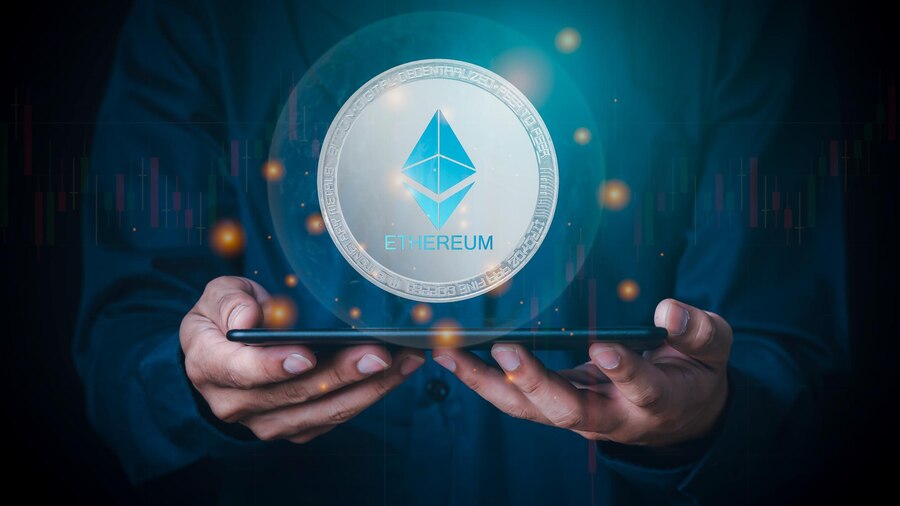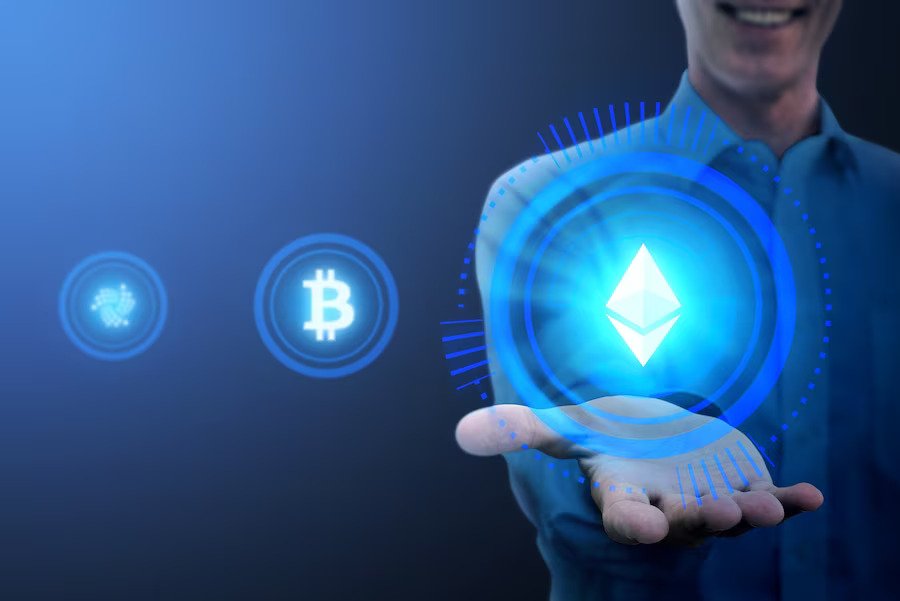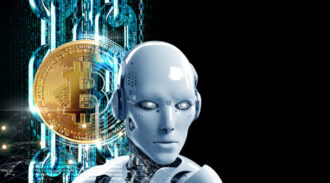Icon vs. Ethereum: Which One Is More Innovative?
Icon and Ethereum are both blockchain platforms that aim to revolutionize various industries by utilizing decentralized technology. While they share some similarities, they have distinct features and target different use cases like Bitcoin.
Icon vs. Ethereum
Let’s explore both platforms in detail:
Ethereum:
Ethereum, launched in 2015 by Vitalik Buterin, is one of the most well-known and widely adopted blockchain platforms. It introduced the concept of smart contracts, allowing developers to build decentralized applications (DApps) and create programmable agreements without intermediaries.
Key Features:
Smart Contracts:
Ethereum’s primary feature is its support for smart contracts, which are self-executing contracts with predefined conditions. These contracts automatically execute transactions when certain conditions are met.
Solidity Programming Language:
Ethereum uses Solidity, a programming language specifically designed for writing smart contracts.
Decentralized Applications:
Ethereum provides a platform for developers to build decentralized applications, enabling various use cases such as decentralized finance (DeFi), decentralized exchanges (DEXs), non-fungible tokens (NFTs), and more.
Ethereum Virtual Machine (EVM):
The Ethereum Virtual Machine is a runtime environment that executes smart contracts on the Ethereum network.
Ether (ETH):
Ethereum has its native cryptocurrency called Ether, which serves as a medium of exchange and is used for transaction fees and participating in token sales (ICOs, initial coin offerings).
ICON:
ICON, launched in 2017 by the ICON Foundation, is a blockchain platform that focuses on interconnecting different blockchain networks and bridging various industries. Its goal is to facilitate seamless communication and transactions between disparate blockchain ecosystems.
Key Features:
Interoperability:
ICON aims to overcome the limitations of isolated blockchains by providing a framework for connecting different blockchain networks. It allows for data and value transfers across multiple chains, creating an interconnected ecosystem.
ICON Republic:
ICON employs a governance structure called ICON Republic, which consists of various nodes and entities that collectively manage the network and make consensus decisions.
Decentralized Applications:
Similar to Ethereum, ICON supports the development of decentralized applications. However, ICON’s focus on interoperability enables developers to build applications that leverage multiple blockchain networks and share data and functionality across them.
Loopchain:
ICON utilizes a proprietary blockchain engine called Loopchain, which is designed to provide high-performance and scalable transaction processing. e. ICX Token: ICON has its native cryptocurrency called ICX, which is used for transaction fees, staking, and participating in the ICON network’s governance.
Differences In Icon vs. Ethereum
- Use Cases: Ethereum has gained significant popularity in the DeFi space, hosting a wide range of financial applications and projects. On the other hand, ICON aims to connect various industries and blockchain networks, fostering collaboration and interoperability.
- Interoperability: While Ethereum primarily operates within its own ecosystem, ICON specifically focuses on interoperability, allowing different blockchains to communicate and exchange value.
- Programming Language: Ethereum uses Solidity for developing smart contracts, while ICON supports multiple programming languages such as Python and Java, making it more accessible to developers.
- Governance Structure: Ethereum’s governance is primarily driven by community consensus, while ICON has a more structured governance model through the ICON Republic.
- Native Cryptocurrencies: Ethereum has Ether (ETH) as its native cryptocurrency, while ICON has ICX. The roles and purposes of these tokens differ slightly within their respective ecosystems.
Future Of Ethereum And ICON
Please note that the actual future of these platforms may vary and it is always important to stay updated with the latest developments and news.
Here are some potential future developments for Ethereum:
Ethereum 2.0:
Ethereum has been undergoing a major upgrade known as Ethereum 2.0 or ETH2. This upgrade aims to transition the network from a Proof-of-Work (PoW) consensus mechanism to a Proof-of-Stake (PoS) consensus mechanism. This change is expected to enhance scalability, security, and energy efficiency. Ethereum 2.0 will also introduce shard chains, allowing the network to process multiple transactions simultaneously.
Scalability Improvements:
As the popularity of Ethereum has grown, scalability has become a significant challenge. Ethereum 2.0’s implementation of shard chains and PoS consensus is expected to address these scalability issues by increasing the network’s transaction processing capacity. Additionally, layer-two scaling solutions such as Optimistic Rollups and Plasma are being developed to further increase scalability and reduce transaction costs.
Adoption and Use Cases:
Ethereum has already established itself as the leading platform for smart contracts and decentralized applications (DApps). As the ecosystem continues to mature, we can expect increased adoption and development of various applications across industries, including finance, supply chain, gaming, and more. Interoperability with other blockchains and integration with traditional systems may further expand Ethereum’s use cases.
Regulatory Challenges:
As the Ethereum ecosystem evolves, regulatory frameworks are likely to become more defined. Governments and regulatory bodies are still in the process of determining how to regulate cryptocurrencies and decentralized systems. The outcome of these regulations could impact the future growth and adoption of Ethereum.
Here are some potential future developments for ICON:
Blockchain Interoperability:
ICON’s main focus is on creating a network that enables interoperability between different blockchains, allowing them to communicate and interact with each other seamlessly. In the future, ICON may continue to expand its ecosystem and integrate with additional blockchain networks, bridging the gap between various industries and facilitating cross-chain transactions.
Decentralized Applications:
ICON supports the development of decentralized applications (DApps) through its blockchain infrastructure. As the platform gains more adoption and developer interest, we can expect the creation of a diverse range of DApps that leverage ICON’s features and interoperability. These applications may cover areas such as finance, healthcare, supply chain management, and more.
Community Growth and Governance:
ICON places a strong emphasis on community involvement and governance. The platform encourages active participation from its community members through voting and consensus mechanisms. In the future, ICON may continue to enhance its governance model and involve the community in decision-making processes, ensuring the platform remains decentralized and responsive to the needs of its users.
Partnerships and Integration:
ICON has been actively seeking partnerships and collaborations with other blockchain projects, enterprises, and academic institutions. These partnerships can lead to increased adoption and utilization of the ICON network. In the future, we may see ICON forging more strategic alliances and integrating with other prominent blockchain platforms or industry-specific solutions.
It’s important to note that the future of any blockchain platform is subject to various factors, including technological advancements, market dynamics, regulatory changes, and competition. These developments outlined above are based on the information available up until my last knowledge update in September 2021
In conclusion, Ethereum and ICON are both prominent blockchain platforms, but with different focuses. Ethereum primarily revolutionized smart contracts and decentralized applications, while ICON aims to foster interoperability among blockchain networks and industries. Both platforms contribute to the development and expansion of the decentralized ecosystem, albeit with distinct features and target use cases.


















